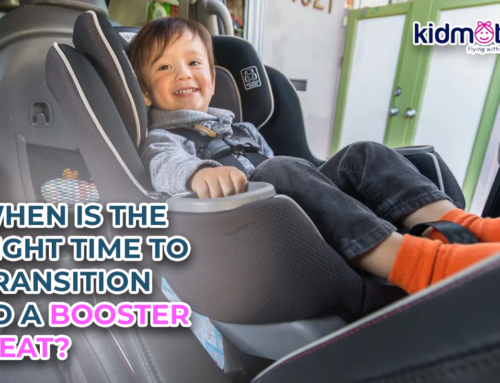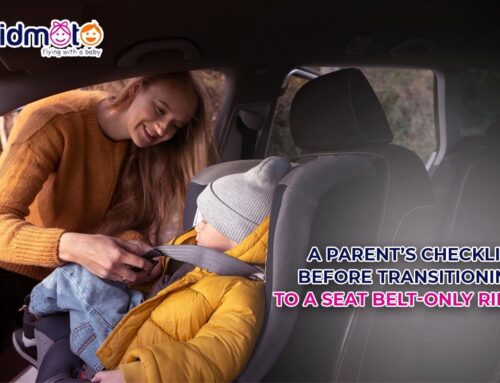5 Helpful Guidelines for Installing Car Seats
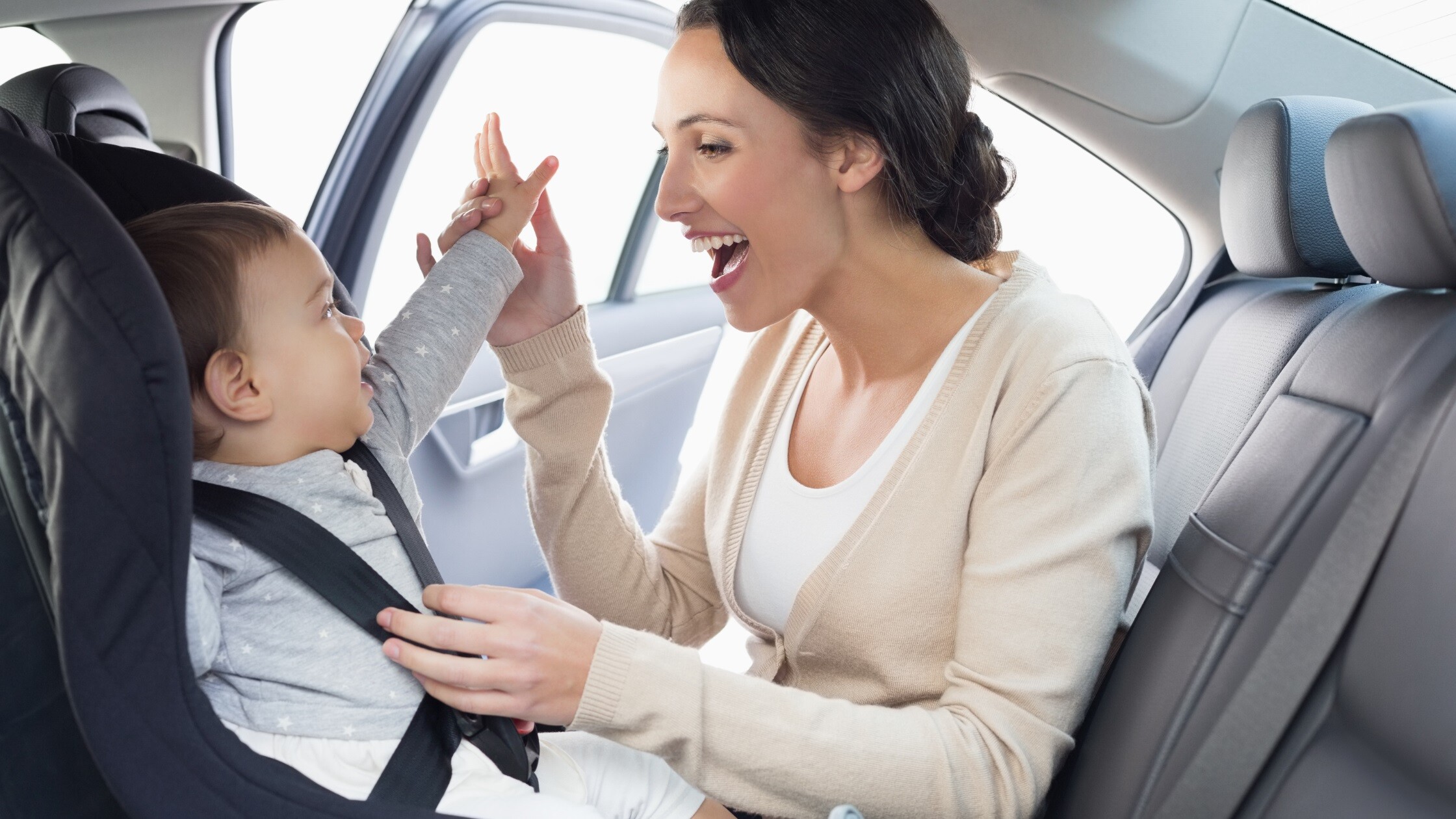
Any parent who has gone through the experience of installing car seats can attest that it is a complicated process. If you are new to the world of car seat installation, here are guidelines to help you understand the dos and don’ts of car seat installation:
Guideline # 1: The Basics
After purchasing a car seat for your child, the first thing to do is read the manufacturer’s instructions. It is a significant step, and even if you have lost your copy, you can check the car seat manufacturer’s website for a digital manual. If it is not available on the manufacturer’s website, contact them to provide you a copy.
Next, check the labels on each side of the car seat. The sides usually contain helpful installation guides on how the car seat needs to be installed in a vehicle. Finally, many manufacturers publish short instructional videos on installing their car seats. We suggest watching those videos.
When purchasing a second-hand car seat, check its expiration date. Car seats are made of sturdy plastic material, but they can become brittle crack as they age or over-usage. Also, check for the instruction manual for the car seat.
Guideline # 2: Location, Location, Location
Manufacturers and experts at the National Highway Traffic Safety Administration (NHTSA) recommend installing child car seats in the back seat of vehicles. The American Academy of Pediatrics (AAP) recommends child car seats to be installed at the rear center seat. Studies found that children placed in this position have a 43 percent lower risk of injury than the ones in rear window seats. Some reasons are that side-impact collisions and side-impact airbags can threaten a small child.
Many factors, like the child’s age, weight, height, type of car seat, type of seat belt, etc., determine the safest seating position for each child. For example, if you have multiple children, it is recommended that the child who needs the most protection, such as an infant, is placed in the center.
If you do not have a back seat in your vehicle, installing a forward-facing child seat in the front seat is still rate but possible, and we do not recommend it. Airbags cause more harm than good to children because of their underdeveloped bone structure.
When installing forward-facing car seats in the front seat, ensure that the front seat is positioned as far back as possible. Ensuring that your child is placed far from the dashboard reduces the possibility of head or chest injuries if a car crash occurs.
Guideline # 3: Buckle Up!
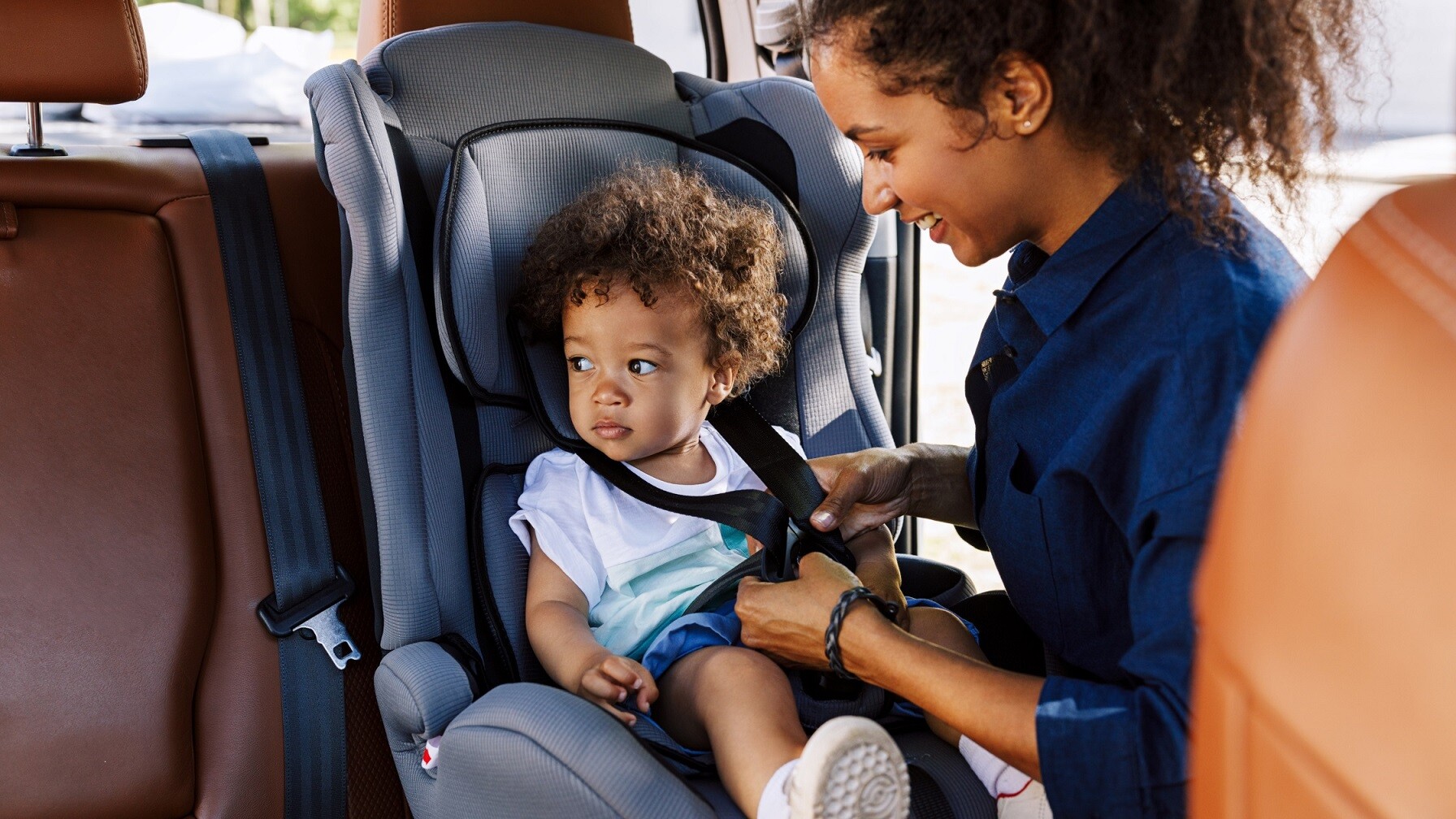
If seat belts are used to secure your car seat, here are step-by-step instructions to guide you:
1. Position the car seat in your selected seat. Make sure that the seatbelts are accessible to you.
2. Ensure that the seatbelt passes through each guide on the car seat. To do this correctly, pass them through the manufacturer’s guides for rear-facing seats and the manufacturer’s guides for forward-facing seats. Alternative routings are also available for some seats if the seat belt is too short.
3. While tightening the seat belt, push your body weight into the car seat. This will secure the hold of the seat belt by removing the slack and making sure that it is positioned tightly enough. Some child seats use a lever or button that tightens the seat belts.
Some seats also have a lock-off device that prevents the seat belt from slipping once it has been tightened. Just use the lock to make use of this feature.
4. Check that the car seat is resting firmly with minimal forward or sideways movement, less than 1 inch of movement.
5. Avoid buckle crunch. Check that the seat belt buckle is not touching the child’s seat frame. Buckle crunch happens on buckles with a shorter stalk, and it is dangerous if an accident occurs because of unwanted pressure on the casing. In a collision, the case could shatter and compromise the restraints of the car seat.
Guideline # 4: Proper Booster Fit
Booster seats may seem deceptively easy to install, but that is not always the case. There are many factors to consider, such as the booster seat, your child’s readiness, and the booster seat’s fit on the actual car seat. When fitted incorrectly, they do not give your child the proper protection if a crash occurs.
Here are several things to note when installing booster seats into your car:
1. Is your child ready to move to a booster seat? Guidelines may differ per state, but generally, a child is ready for a booster seat once the seats’ minimum height and weight requirements are met. However, it is still best to check your state’s car seat laws for guidance.
2. Before purchasing a booster seat, check if it properly fits inside your car. The booster seat should lay flat on the rear seat and not turn, tilt, or hang over the edge. Your car’s lap-shoulder seat belts should also be able to go around it.
3. Place the booster seat in the car’s rear seat. Some booster seats have clips or guides for the seat belts to help you position the seat.
4. Once the booster seat is placed correctly, check if the fit is secure by having your child sit in it. A good fit means that the lap portion of the seat belt lies flat on your child’s thighs while the shoulder belt crosses the middle part of your child’s chest and shoulder. Make sure that the seat belt is not on your child’s neck.
5. Check the fit of the booster seat regularly and store it or secure it in place when not in use. A loose booster seat that moves around in the vehicle while driving can cause injury or may become a dangerous distraction.
6. Use the booster seat for your child’s safety depending on your state’s law.
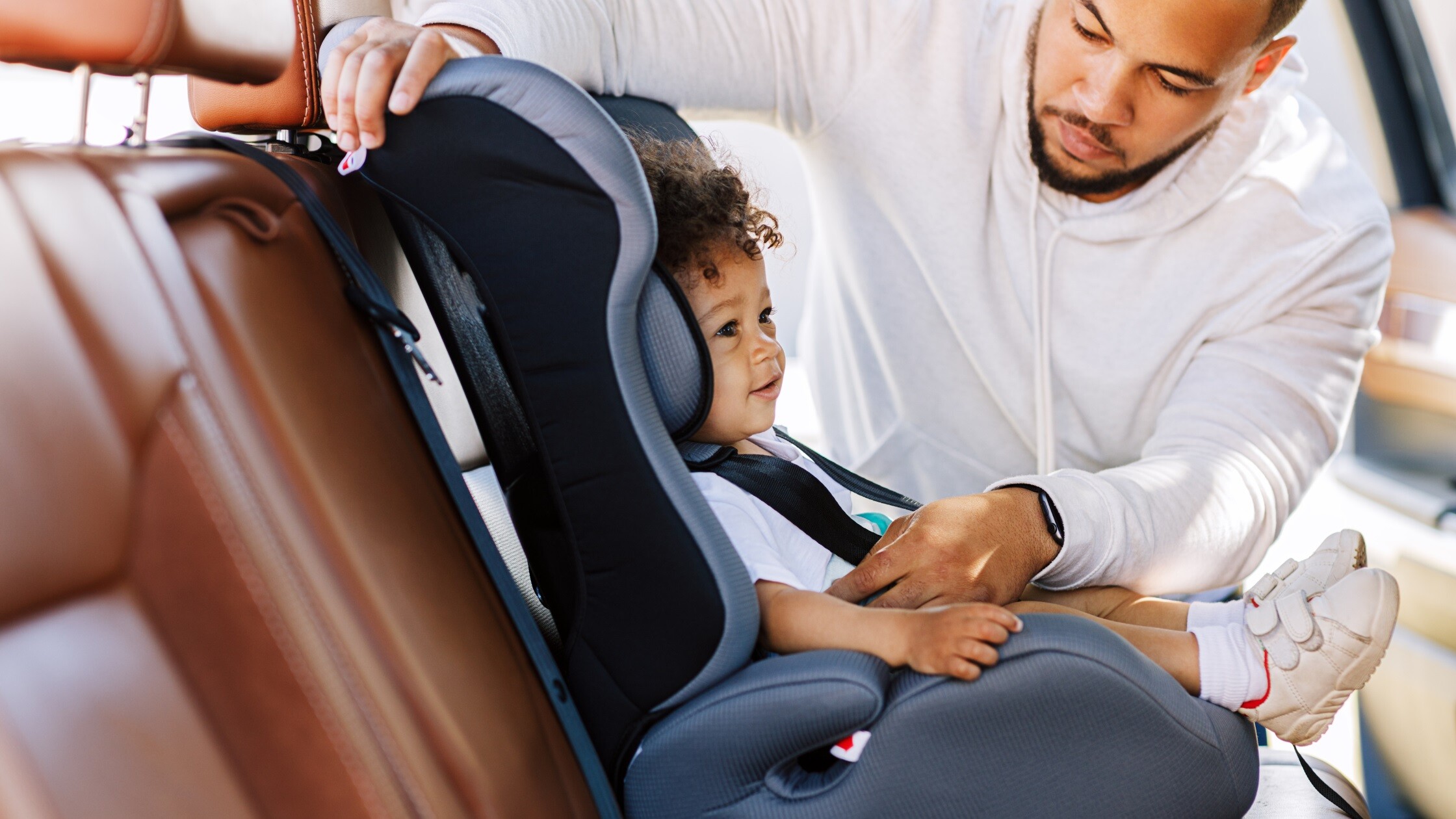
Guideline # 5: When traveling, book Kidmoto!
Remember to follow all these guidelines whenever you take the child seat out of the car. For example, in events such as a family trip via air, you might need to bring a car seat to your travels, especially when renting a car service.
Installing a car seat correctly can be a hassle, especially when you must do it when traveling. So why not consider booking a reliable car service with car seats on your family getaways? With Kidmoto Technologies, you can ditch the car seats when traveling, even when flying with a baby or several children.
Kidmoto is an app-driven car service with drivers trained to install car seats securely and correctly. Kidmoto’s drivers follow all the safety guidelines when installing car seats into the vehicle you need, from rear-facing car seats to booster seats. Knowing this, you can rest easy that your child’s safety is not compromised, and you can focus on enjoying your trip.

